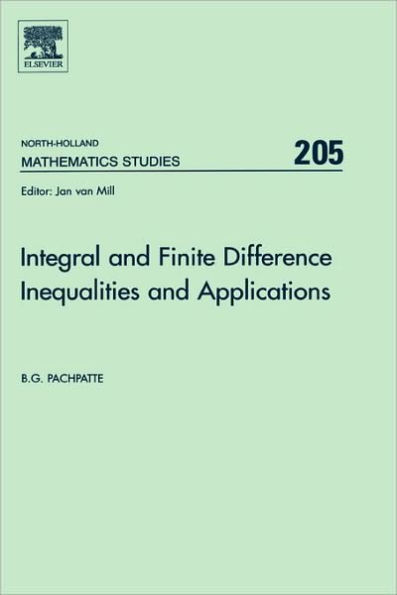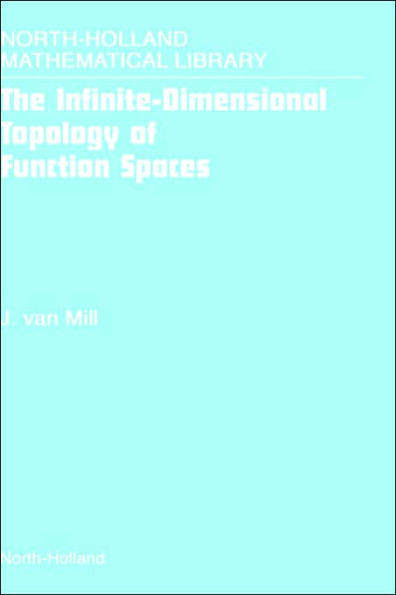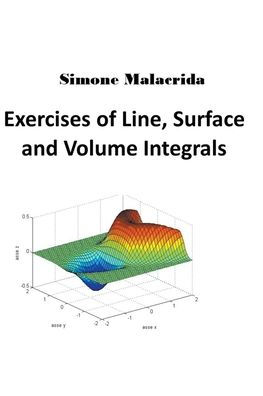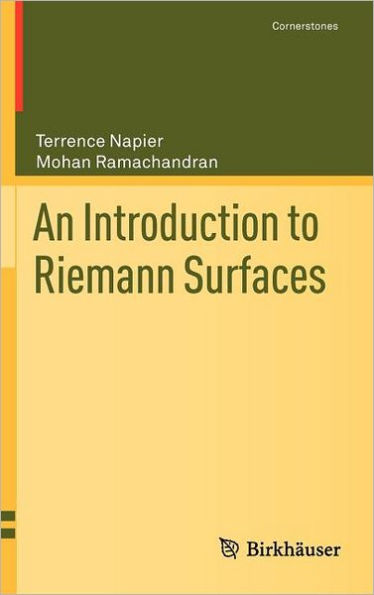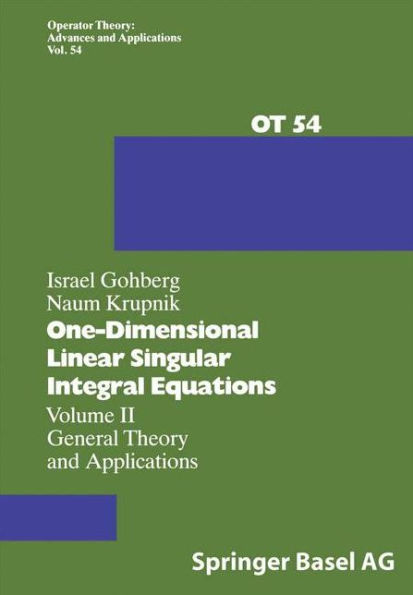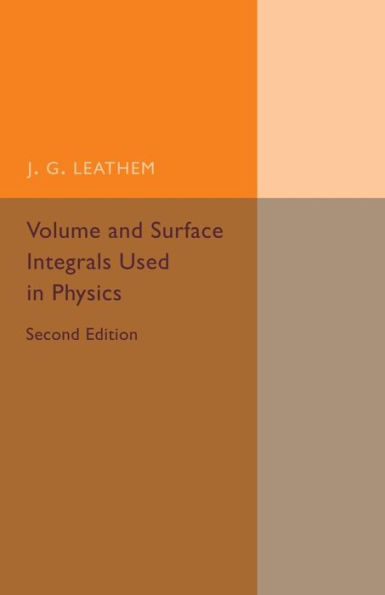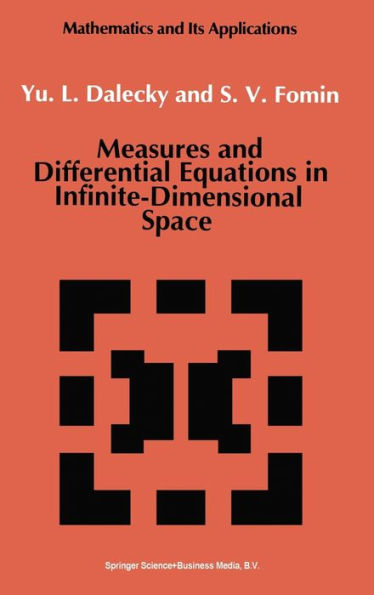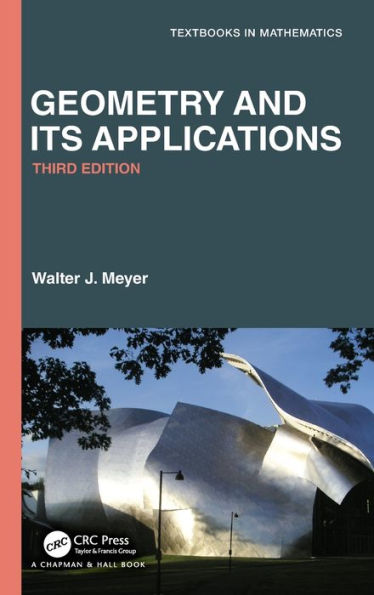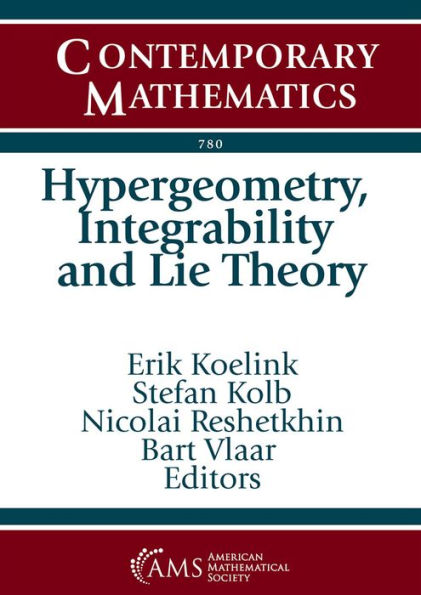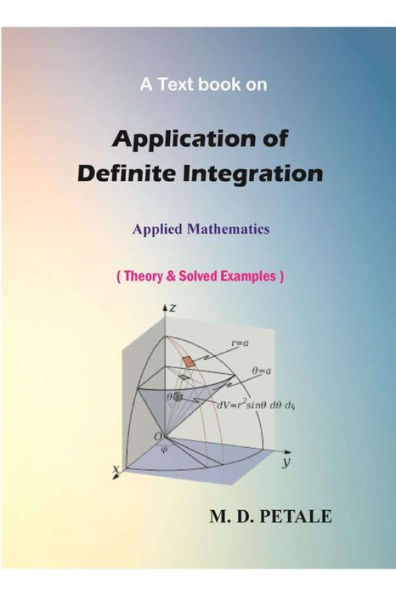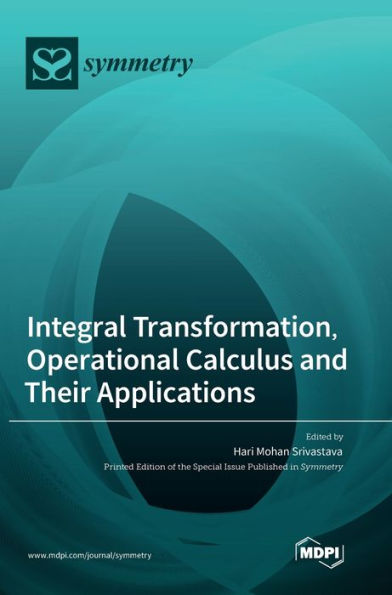Home
Integration on Infinite-Dimensional Surfaces and Its Applications


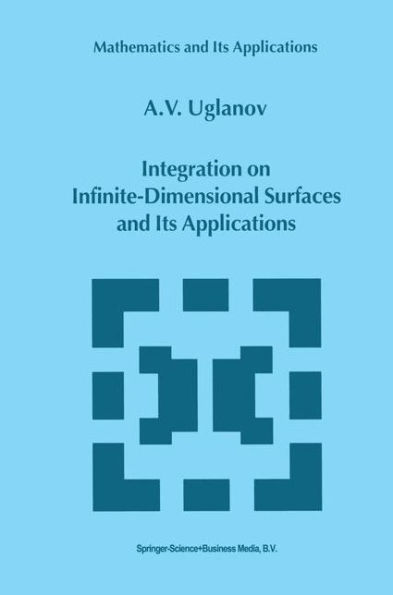
Integration on Infinite-Dimensional Surfaces and Its Applications
Current price: $109.99
Loading Inventory...
Size: OS
It seems hard to believe, but mathematicians were not interested in integration problems on infinite-dimensional nonlinear structures up to 70s of our century. At least the author is not aware of any publication concerning this theme, although as early as 1967 L. Gross mentioned that the analysis on infinite dimensional manifolds is a field of research with rather rich opportunities in his classical work [2. This prediction was brilliantly confirmed afterwards, but we shall return to this later on. In those days the integration theory in infinite dimensional linear spaces was essentially developed in the heuristic works of RP. Feynman [1], I. M. Gelfand, A. M. Yaglom [1]). The articles of J. Eells [1], J. Eells and K. D. Elworthy [1], H. -H. Kuo [1], V. Goodman [1], where the contraction of a Gaussian measure on a hypersurface, in particular, was built and the divergence theorem (the Gauss-Ostrogradskii formula) was proved, appeared only in the beginning of the 70s. In this case a Gaussian specificity was essential and it was even pointed out in a later monograph of H. -H. Kuo [3] that the surface measure for the non-Gaussian case construction problem is not simple and has not yet been solved. A. V. Skorokhod [1] and the author [6,10] offered different approaches to such a construction. Some other approaches were offered later by Yu. L. Daletskii and B. D. Maryanin [1], O. G. Smolyanov [6], N. V.
